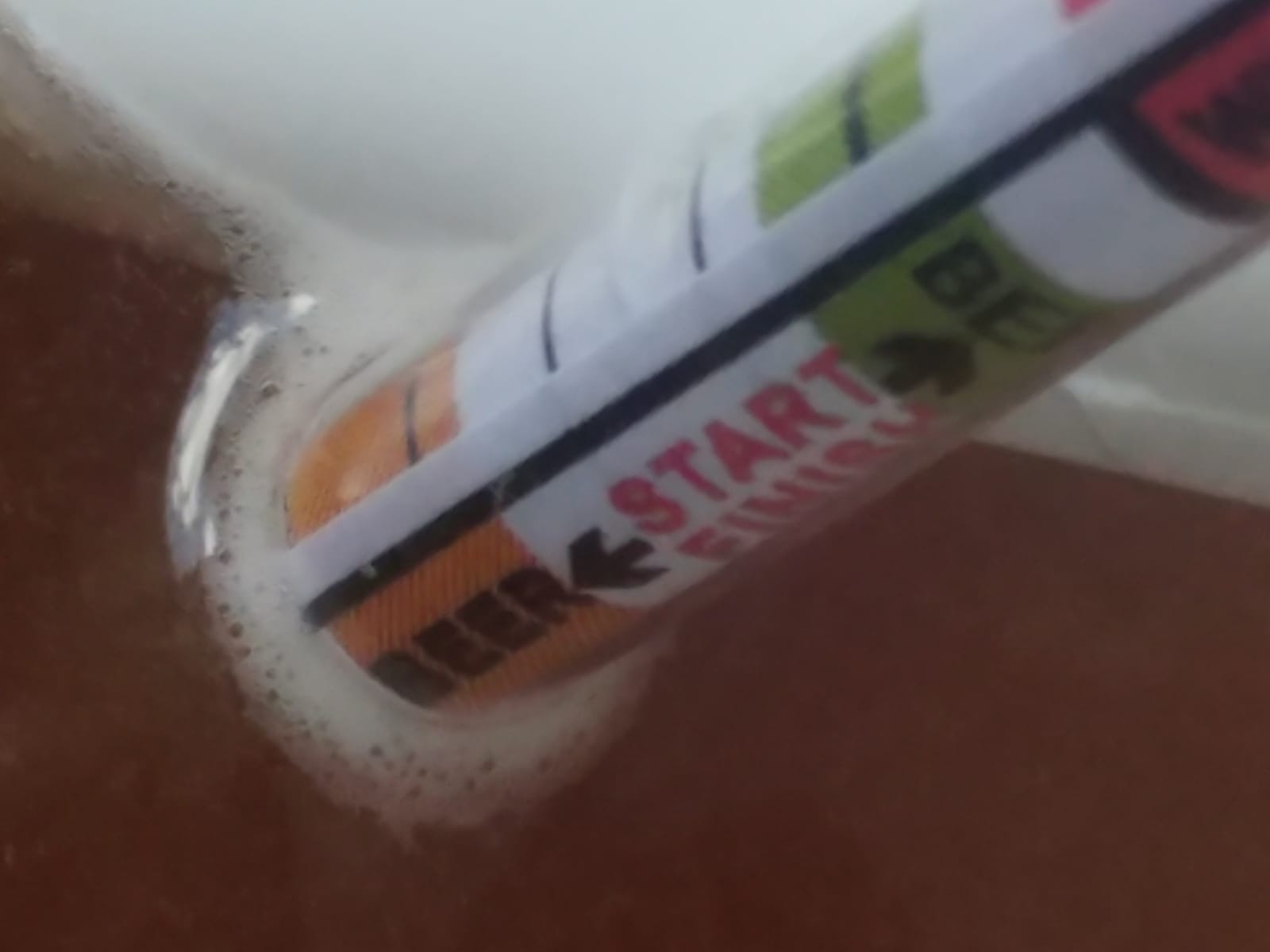spacebiscuit
Member
- Joined
- Jun 7, 2020
- Messages
- 5
- Reaction score
- 0
Hi All,
I am currently attempting my 4th home brew, my previous best attempt was the 1st which was a stout - the other 2 attempts suffered the usual pitfalls that we all mostly fall to when learning.
So for this attempt I am trying an IPA - the instructions say to keep it at 18-20 celsius (64-68f) for a week. I was super careful when cleaning the bean with sterile solution, I took a reading at the start of the process and I wrapped the bin in a blanket to keep temp stable and out of any direct sunlight and I am checking that the temp stays within the recommendations. So far so good.
My real question is concerning the transfer from the bin. Previously I have always used a pressure barrel, but I am considering going straight into bottles. The reason is because I don't seem to get too much gas from the barrel. I am not sure if this is because I am doing something wrong? Is there any reason why I shouldn't by-pass the barrel? Or how about if I use the barrel and then transfer to the bottles in batch of say 10 at a time in order to finish the conditioning of the beer. Is the barrel simply more convenient? One vessel of alcohol to manage rather than the 50+ bottle which will take time?
Any hints or tips would be appreciated.
Thanks,
Bob.
I am currently attempting my 4th home brew, my previous best attempt was the 1st which was a stout - the other 2 attempts suffered the usual pitfalls that we all mostly fall to when learning.
So for this attempt I am trying an IPA - the instructions say to keep it at 18-20 celsius (64-68f) for a week. I was super careful when cleaning the bean with sterile solution, I took a reading at the start of the process and I wrapped the bin in a blanket to keep temp stable and out of any direct sunlight and I am checking that the temp stays within the recommendations. So far so good.
My real question is concerning the transfer from the bin. Previously I have always used a pressure barrel, but I am considering going straight into bottles. The reason is because I don't seem to get too much gas from the barrel. I am not sure if this is because I am doing something wrong? Is there any reason why I shouldn't by-pass the barrel? Or how about if I use the barrel and then transfer to the bottles in batch of say 10 at a time in order to finish the conditioning of the beer. Is the barrel simply more convenient? One vessel of alcohol to manage rather than the 50+ bottle which will take time?
Any hints or tips would be appreciated.
Thanks,
Bob.

























![Craft A Brew - Safale S-04 Dry Yeast - Fermentis - English Ale Dry Yeast - For English and American Ales and Hard Apple Ciders - Ingredients for Home Brewing - Beer Making Supplies - [1 Pack]](https://m.media-amazon.com/images/I/41fVGNh6JfL._SL500_.jpg)


































